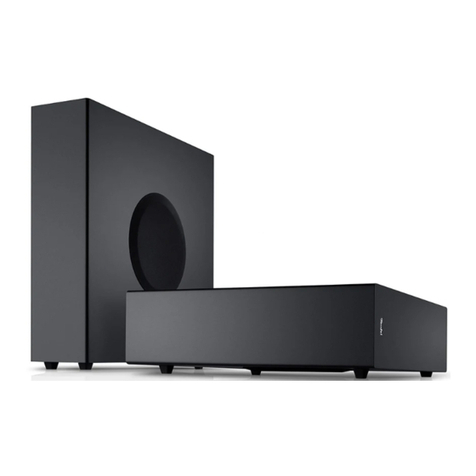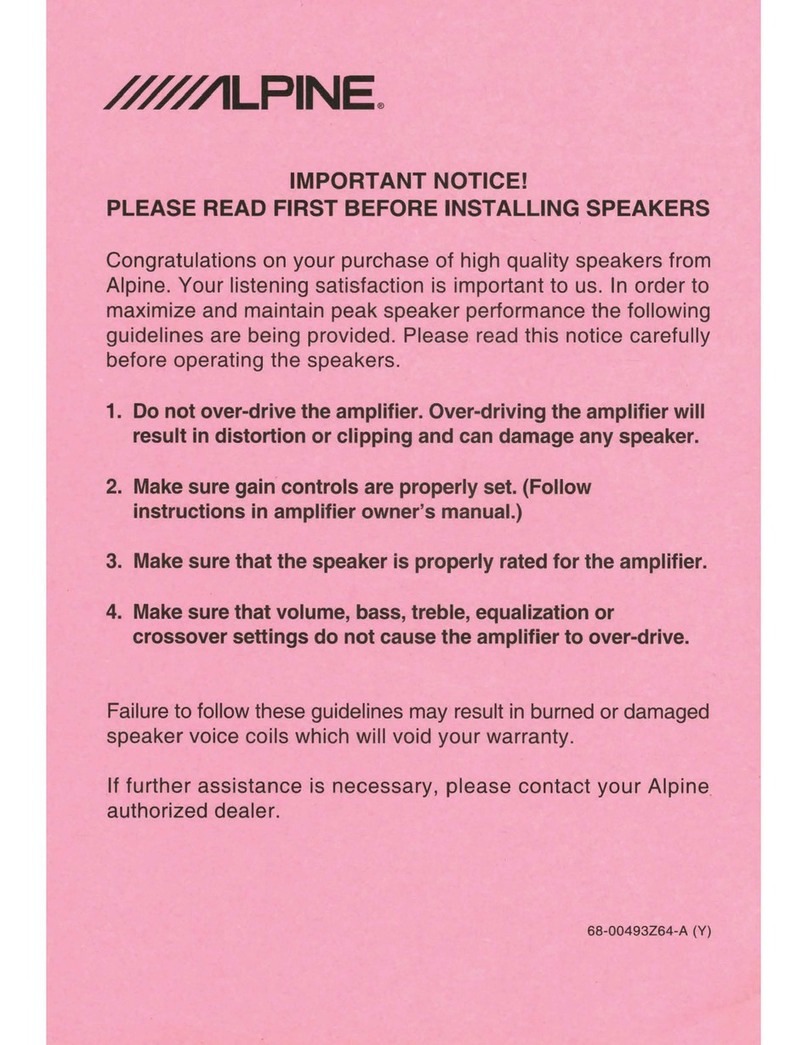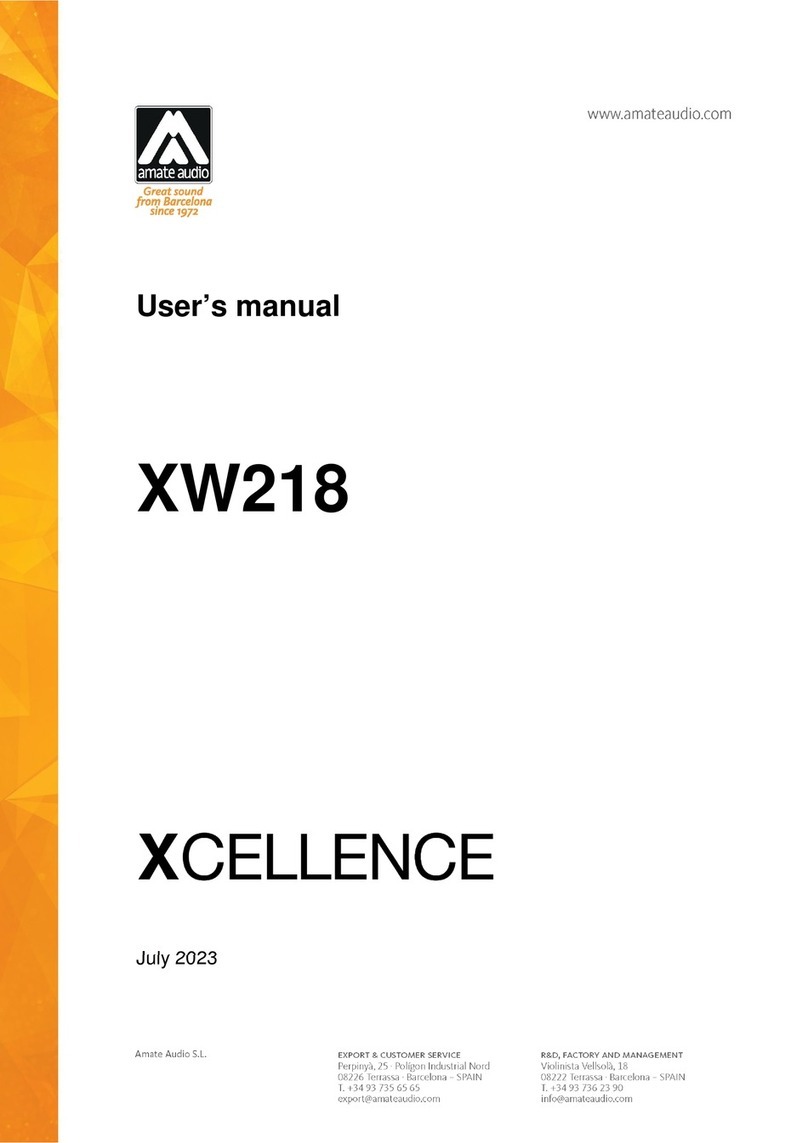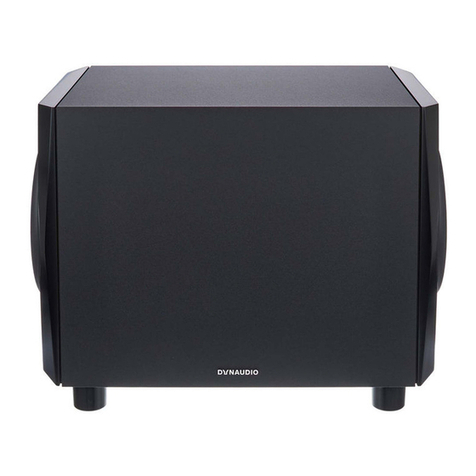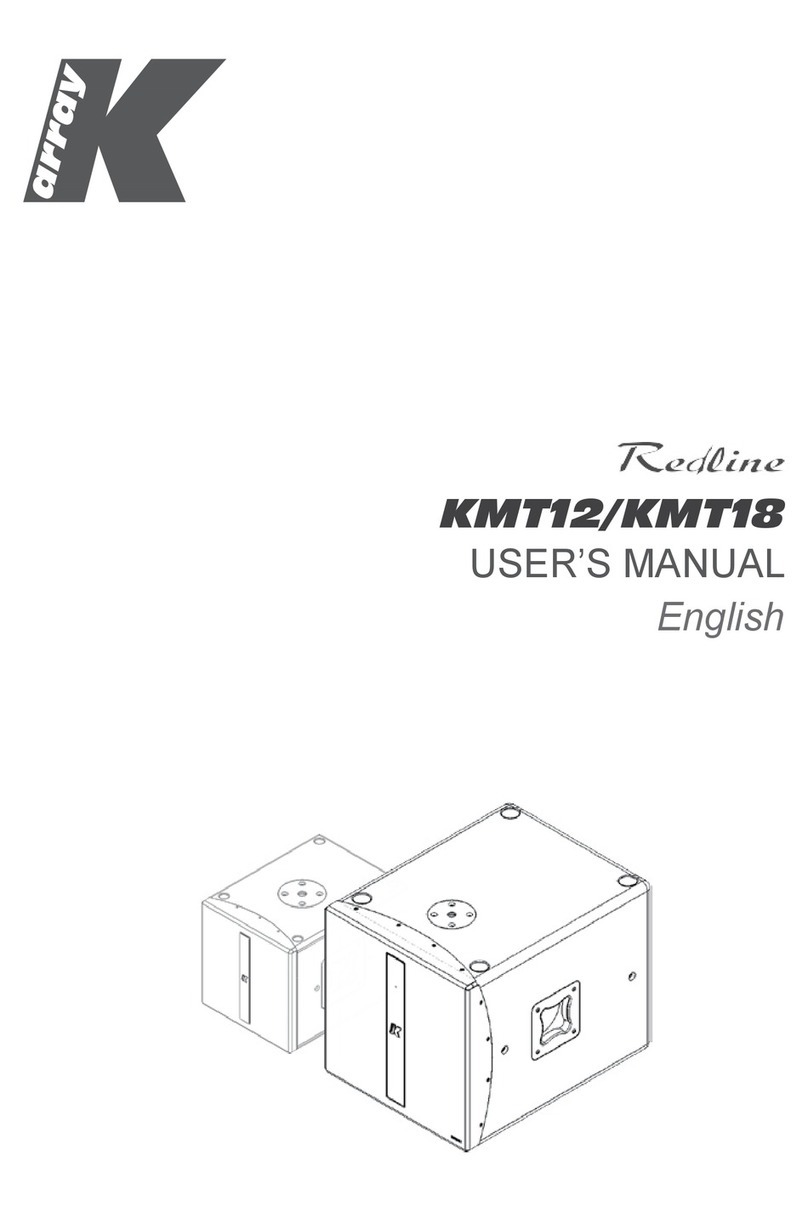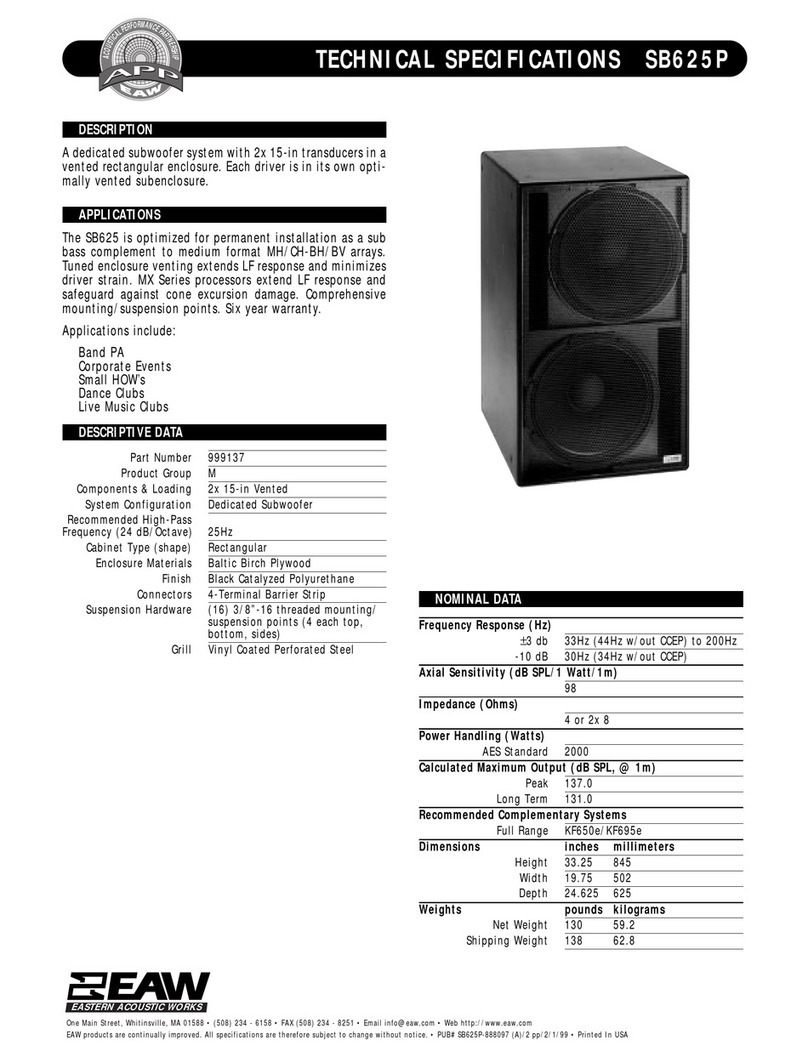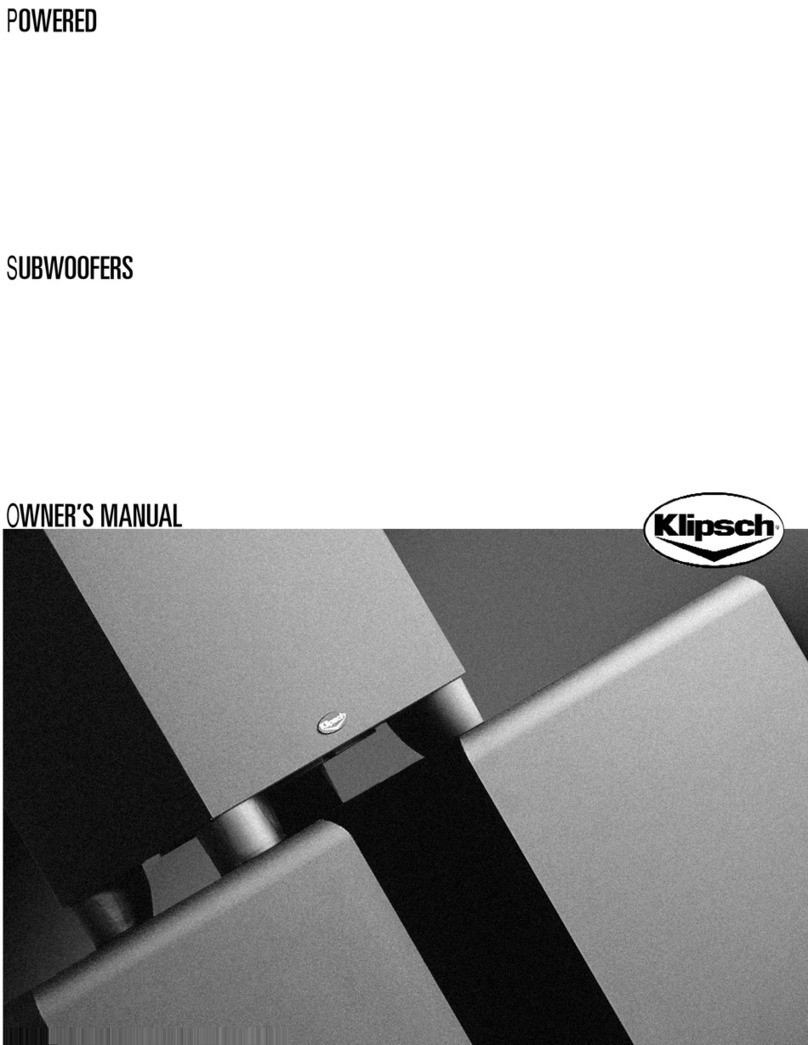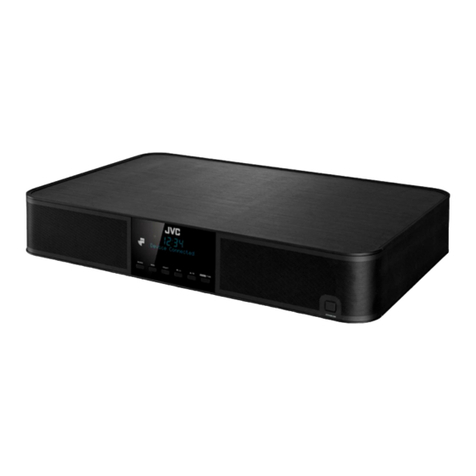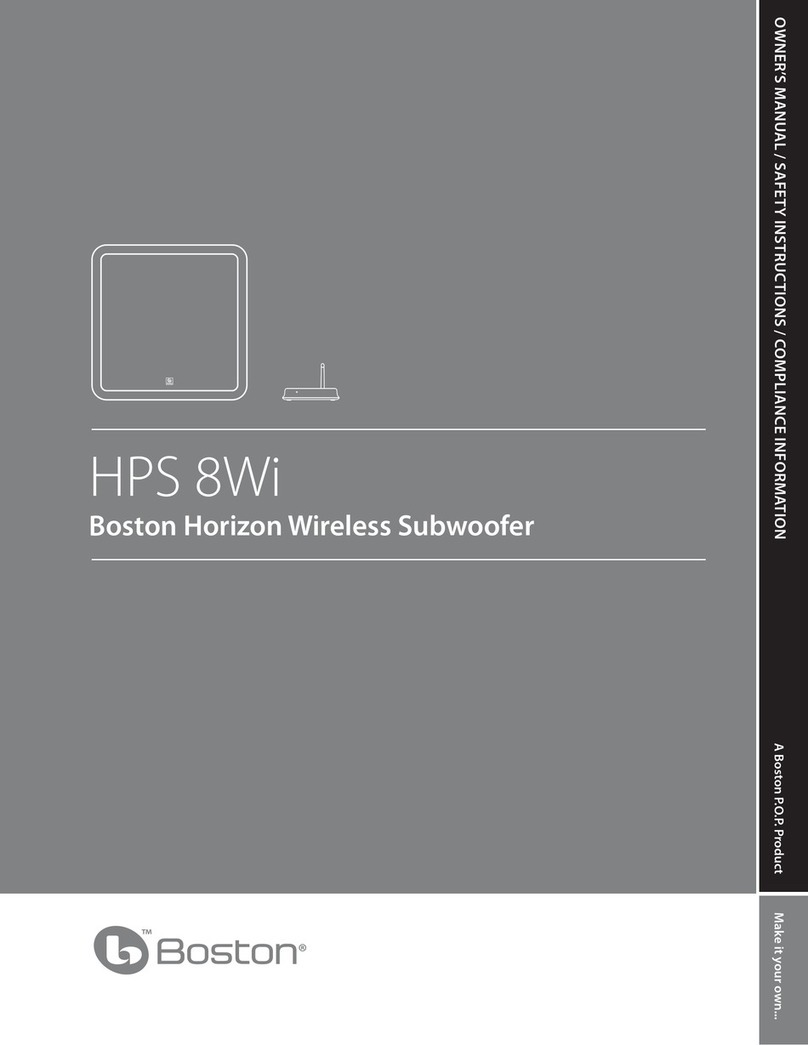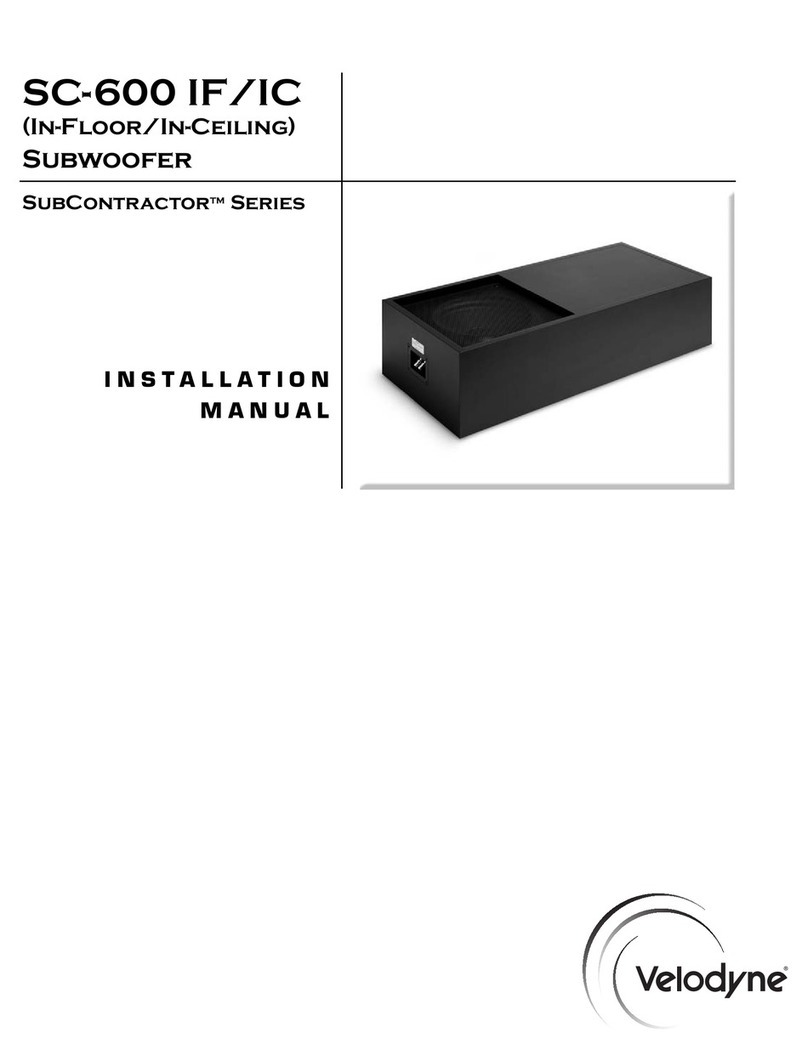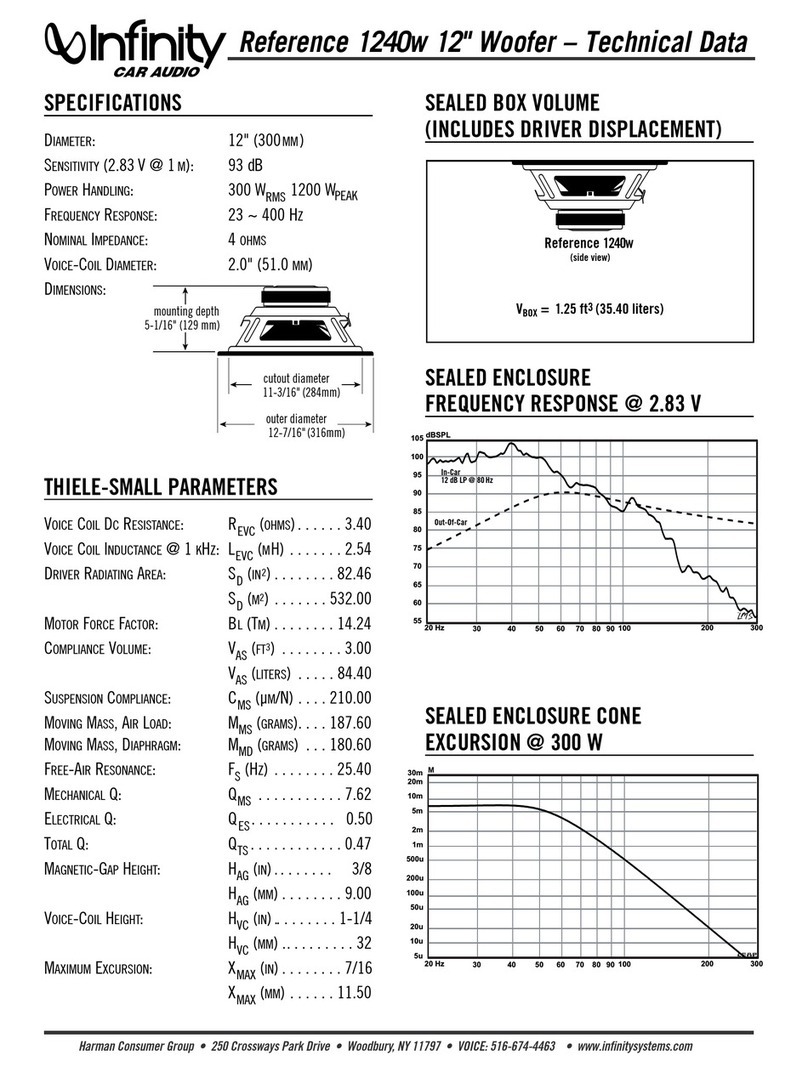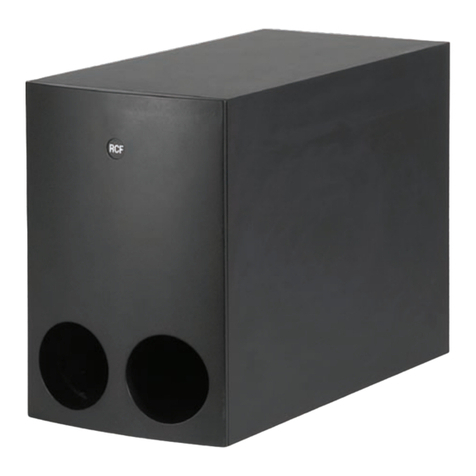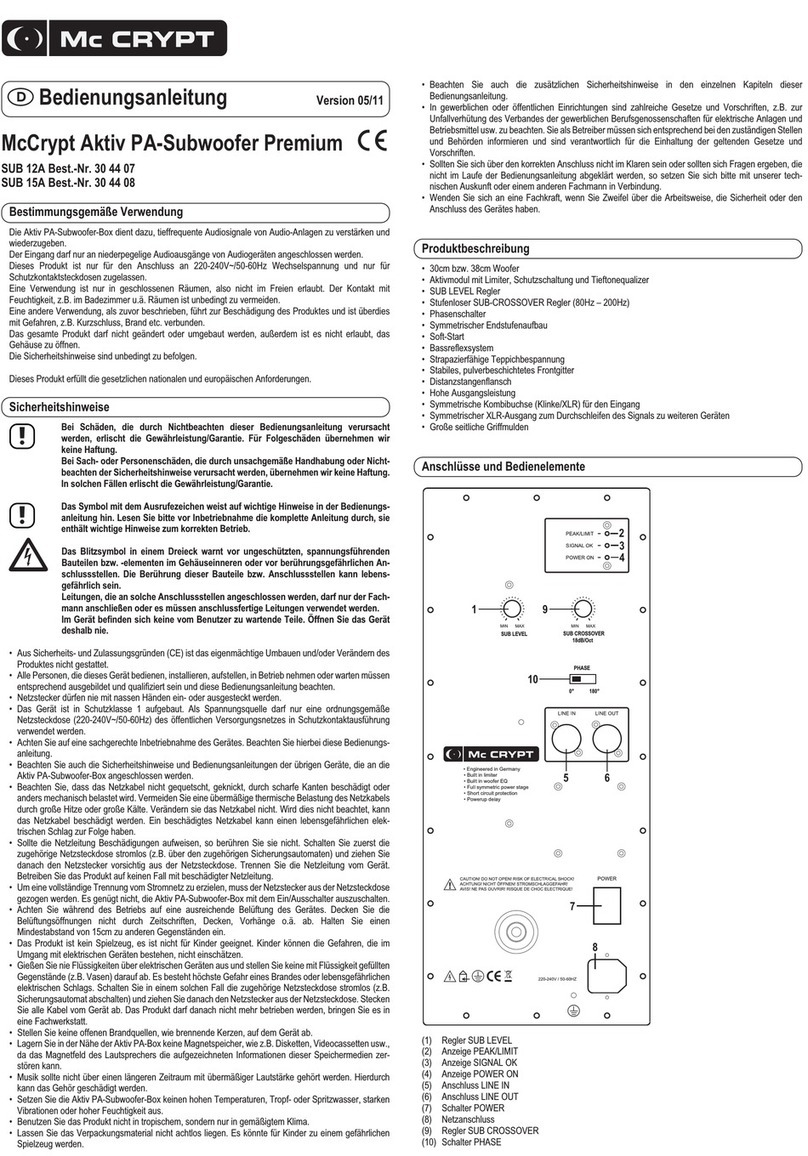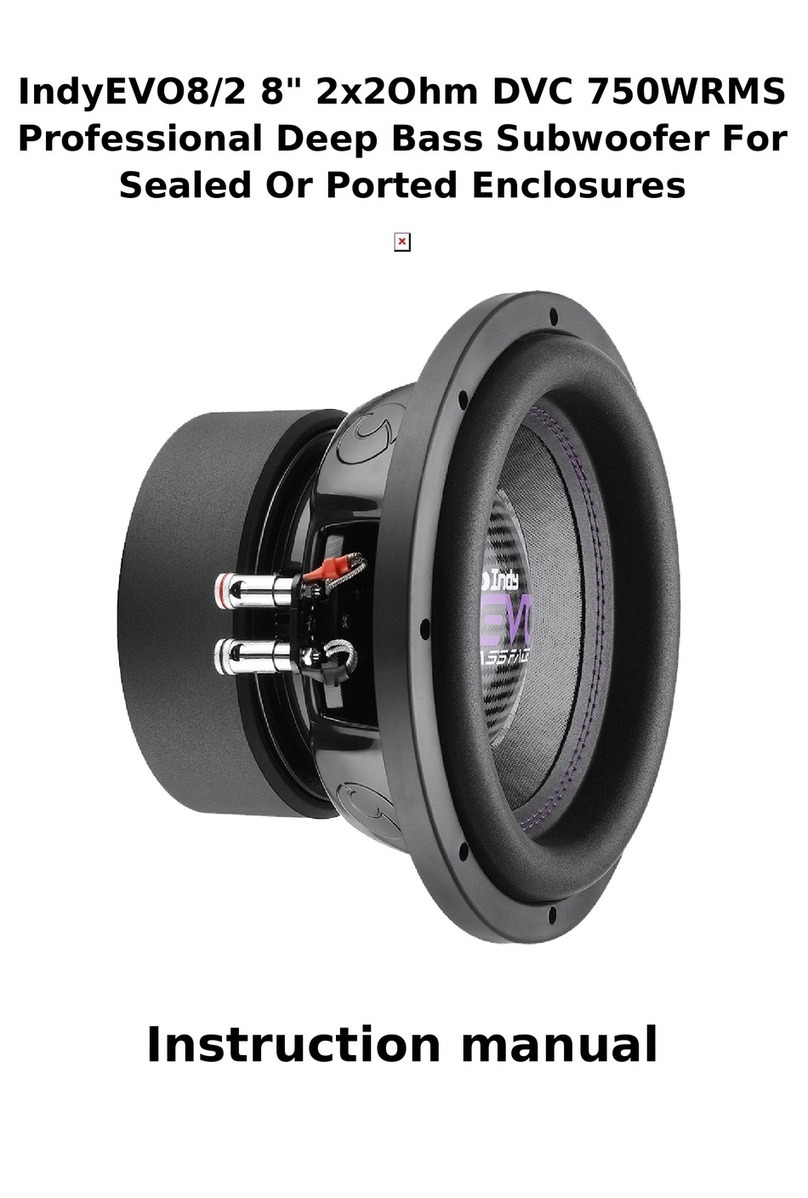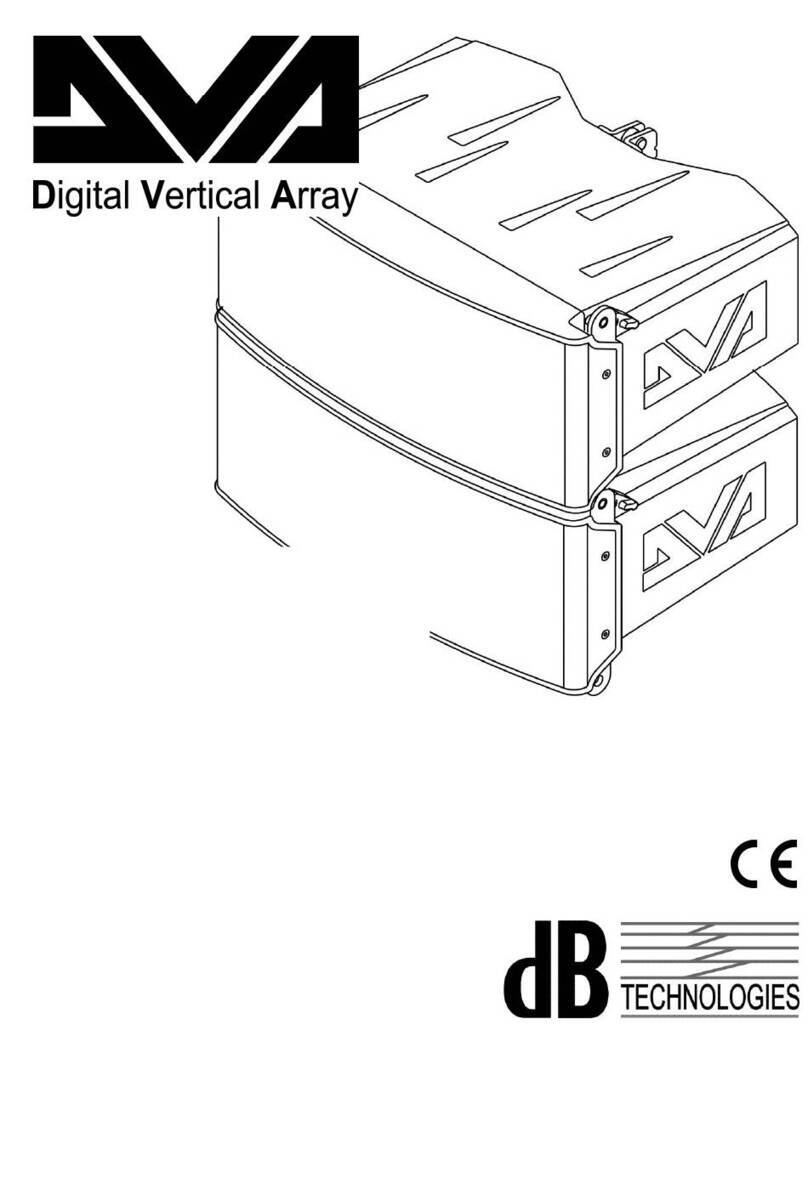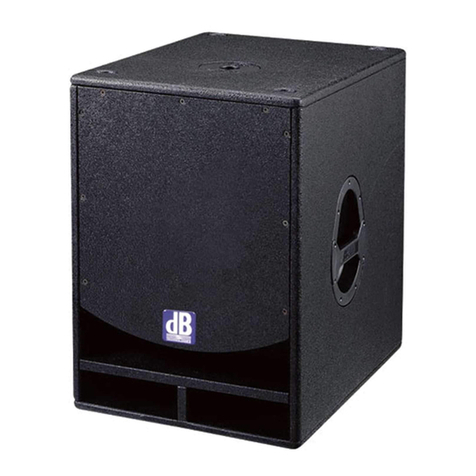Linear Power 1752S Installation and operating instructions

™
F O R T H E L O V E O F M U S I C
MODEL 1752S©
(1988 - MSRP $1499.00)
OWNER’S OPERATION MANUAL AND
INSTALLATION GUIDE
INTRODUCTION
The Linear Power™ 1752S©Servo-Subwoofer System was developed as a
solution to many of the problems that plague the high end auto sound installation:
The choice of woofers for a given vehicle, the building and tuning of enclosures
for the drivers and matching up the best amplifier for the speakers.
This system provides a dedicated high current amplifier, a matched set of four 8”
woofers, and the technology and circuitry necessary to ensure consistent low
frequency response regardless of how much air space is available.
How can this work? Rather than relying on the parameters of the woofers and
exacting enclosure designs to tune the speakers for optimum response, we tune
the woofers electronically.
The 1752S©Servo-Subwoofer System is programmed to interact not only with
the source, but also with the specially designed dual voice coil 8” woofers
supplied. The amplifier receives the signal from the head unit, amplifies it, and
sends it to the woofers. BUT THEN>>> the woofer’s dual voice coils return the
signal to the control circuitry in the amplifier. The amplifier compares it to the
original source, and if there are any differences, the amplifier corrects it until the
cones move properly.
The 1752S©Servo-Subwoofer System is designed for the audiophile who can
appreciate extended bass response comparable to that of a fine home system.
ENJOY!
© 2008 Linear Power, Inc. - ALL RIGHTS RESERVED
LINEAR POWER™ is a trademark of Linear Power, Inc. 1

TECHNICAL DISCRIPTION
Power Supply: Self oscillating for reliability and efficiency. The transformer is
epoxy dipped for extreme vibration resistance. Banks of high-speed TO-3
switching transistors provide massive current reserves.
Output Stages: Transformerless, direct coupled and fully complimentary. Output
transistors are high current and low distortion TO-3 devices, operating at a
fraction of their limitations.
Protection: Our stable amplifier design is made virtually indestructible by three
protection circuits. One is a precision thermal protection circuit, which prevents
damage from high frequency oscillation, or an excessive ambient temperature.
The second protection circuit is a current sensing device guarding against
instantaneous abnormalities, such as short circuits. Both of these circuits
automatically reset. The third form of protection guards against component
damage from reversed power connections.
Construction Features: Our unique, variable input sensitivity control permits
optimal signal matching for lowest noise and lowest distortion with virtually any
source. All components used are rated for at least 150% of their intended use,
and are mounted on double-sided fiberglass epoxy circuit boards.
Quality Control: In-house construction of critical components like transformer
and chassis, as well as total assembly, allows LINEAR POWER™ to maintain
uniform quality. 100% of the finished units are tested, then burned in for four
hours, and tested again. Amplifiers, which pass this rigorous test, have truly
earned the LINEAR POWER™ logo.
INSTRUCTIONS
Read the following instructions through completely. If they appear to complex, we
recommend you have an authorized LINEAR POWER™ dealer do the work.
MOUNTING
1. The amplifier works best if it is kept as cool as possible. Mount in a position
that allows air to flow freely through the fins. Be sure there is ample space above
the amplifier to avoid trapping heated air rising from the amplifier. The amplifier
should not be mounted upside down. Avoid mounting any amplifier in the dash or
on the firewall to avoid noises being radiated directly onto the case.
2. Mount the amplifier in a position that allows ample room for gain adjustments,
and the installation, removal and attachment of leads.
© 2008 Linear Power, Inc. - ALL RIGHTS RESERVED
LINEAR POWER™ is a trademark of Linear Power, Inc. 2

3. The case of your amplifier is designed to act as a noise shield. To maintain
this protection, be sure the metal case of the amp does not touch the metal of the
car. Do not remove or damage the rubber grommets, which provide electrical
insulation and vibration isolation.
WIRING
1. Disconnect the negative ground cable from your vehicle's battery before
making any power connections to your amplifier.
2. Connect the black negative power wires from the amp to a solid frame
member via a bolt or self-tapping screw. This connection must be to a clean,
unpainted surface. Always attach the ground wire first when installing this
amplifier, and disconnect the ground last when removing this amp from the
system.
3. Two fuses of the proper size must be installed in line with the main power in
order to prevent damage to your wiring. They should be connected within 18
inches of the battery on the positive terminal. Use the fuse holders and fuses
provided, and replace only with the same size fuses. The Model 1752S©uses
two AGC 30 fuses. Do not install fuses until you have completed installing the
amplifier.
WARNING: USE OF OVERSIZE FUSES WILL DAMAGE YOUR AMPLIFIER
4. The other end of the fuse holders should be connected to the positive power
wire from the amplifier. To extend the length of the power lead, use two 12 gauge
wires or larger to reduce power loss. A single 8 gauge or larger wire may be
substituted, but don't use smaller wires.
5. The red and white wire acts as an electrical switch to turn the amplifier on and
off. It should be connected to the power antenna lead from the radio. Where no
power antenna lead exists, a source of 12 volts connected through a toggle
switch will do. Do not connect the red and white wire directly to a source that will
leave the amplifier permanently on as this will drain the battery.
6. The RCA (Phono) jacks will accommodate either high or low level signals,
ranging from 200 mV to 5 volts. For low-level signals, always use shielded cable
and avoid routing signal cables in the vicinity of any power wires. The center pin
of the RCA plug is ALWAYS the positive input connection. Since this is a
subwoofer system only, an electronic crossover is necessary to restrict the audio
information available to the 1752S©to a maximum of 200 Hz. For optimum
results a crossover point of no higher than 100 Hz is recommended.
7. Ignoring the markings on the speaker connector of the 1752S©, the four dual
voice coil woofers will be wired will be wired up as shown below. Observe polarity
© 2008 Linear Power, Inc. - ALL RIGHTS RESERVED
LINEAR POWER™ is a trademark of Linear Power, Inc. 3

carefully. The two voice coils on each woofer are identical to each other,
therefore it doesn’t matter which coil is used for power and which one is used for
the control function. Note that the control wiring is a simple parallel connection of
one coil from each woofer. The voice coils that are driven by the amplifier are
hooked up in a series/parallel combination. See diagram below for proper
wiring.
© 2008 Linear Power, Inc. - ALL RIGHTS RESERVED
LINEAR POWER™ is a trademark of Linear Power, Inc. 4

You will notice the drawing of the test leads at the bottom of the diagram. Once
you have finished wiring the speakers, take an ohmmeter with the dial set to
resistance and read the resistance across the three-pin flat molex connector on
the left of the amp, it should read 1.4 ohms. Then, take your ohmmeter and read
the two center connections on the right side 4 position connector block, the
ohmmeter should measure 5.5 ohms. If the readings on the ohmmeter match the
readings above or come within a few 10th’s of an ohm from the given readings
then your wiring should be correct.
OPERATION / ADJUSTMENT
For any system to operate at minimum distortion with minimum noise and still
reach full power output, the equipment should be aligned to operate at the same
point on the distortion curve at the same time. In this system, set all amp
sensitivity adjustment to minimum, turn the deck up until it just starts to distort,
then back down slightly. This is the point where the output of the deck is
cleanest. Now, bring the gain control of the 1752S©up until it just starts to distort,
and back it down slightly. Lower the output of the source unit to a reasonable
level and raise the gain of the other amp(s) in the system to balance the sound to
the subwoofer system. This will allow the amp and the deck to reach maximum
usable output at the same time.
GENERAL TROUBLESHOOTING
WOOFERS MAKE A VERY LOUD BRRRR NOISE
There is a problem with the phasing of either the speaker connections of the
control wires.
NO SOUND
Check all connections. Check main power fuses. Check accessory fuse. With a
trouble light or meter, be sure +12v is present at the amplifier on the power wires
and the red/white turn-on wire. Check for a good ground connection. Check by
substitution, or other method, for proper operation of music source.
BLOWS FUSES
check all connections to be sure power wires and speaker wires do not touch
each other or ground. Re-check polarity of main power wires. Check impedance
of speaker loads and setting of the internal power taps to insure proper match.
SHUTS OFF
As this amplifier is equipped with thermal and short circuit shut-down electronics,
in the event of high ambient temperature or improper speaker impedances, the
amp will turn itself off. To avoid damage to speakers, turn down the volume while
waiting for the amp to turn itself back on. If this occurs repeatedly, use a fan to
cool the amplifier and check for proper speaker loads and connections.
© 2008 Linear Power, Inc. - ALL RIGHTS RESERVED
LINEAR POWER™ is a trademark of Linear Power, Inc. 5

SERVICE OR REPAIR
To obtain modification, service or repair, please contact our ONLY Authorized
LINEAR POWER™ Product Service Center:
T.I.P.S. INC.
3455 Lanell lane, Pearl, MS 39208
(601) 932-8477
E-mail: [email protected]
™
3 4 5 5 L A N E L L L A N E, P E A R L, M S 3 9 2 0 8 (6 0 1) 9 3 2 – 8 4 7 7
© 2008 Linear Power, Inc. - ALL RIGHTS RESERVED
LINEAR POWER™ is a trademark of Linear Power, Inc. 6

SPECIFICATIONS
1752S©
RATING
Minimum continuous average power output
per channel both channels driven, from
19Hz to 200 Hz with no more than 0.09%
total harmonic distortion
175 Watts
Frequency Response +-1dB 19 Hz to 200 Hz
Signal to noise ratio
(A-weighted) 95 or greater
Damping factor 100 at 4 ohms
Input sensitivity for rated output at
minimum and maximum gain settings 150 mV to 5V
Maximum rated current 38 Amps
Input impedance 50K OHM
Rise time
(Slew rate) 16v/micro Second
Dimensions 3.0"H x 9.5 "W x 9.75"L
Fuse Rating (2 x 30 Amp AGC) 60 Amps
™
3 4 5 5 L A N E L L L A N E, P E A R L, M S 3 9 2 0 8 (6 0 1) 9 3 2 – 8 4 7 7
© 2008 Linear Power, Inc. - ALL RIGHTS RESERVED
LINEAR POWER™ is a trademark of Linear Power, Inc. 7

© 2008 Linear Power, Inc. - ALL RIGHTS RESERVED
LINEAR POWER™ is a trademark of Linear Power, Inc. 8
Table of contents


